
Fire Safety in High Rise Exterior Facades
One of the most complex yet least understood areas where fire can spread is at the perimeter of a building. Fire can not only spread from

One of the most complex yet least understood areas where fire can spread is at the perimeter of a building. Fire can not only spread from
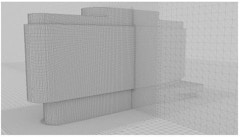
Wind induced pressure is a major design consideration for building facades. However, the effects of facade geometry and urban terrain on wind loading
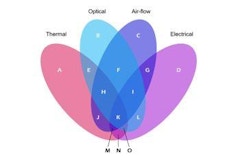
Cost-effective, sustainable, self-actuating, thermally-responsive, bio-composite exo-skins that act like shields or cloaks for existing buildings

The state-of-the-art of Additive Manufacturing (AM), popularly known as 3D printing, shows its prospective future in the

Large master planned developments such as Battery Park City in Manhattan, Mission Bay in San Francisco, and Playa Vista in Los Angeles were built

Life cycle assessment was introduced in the 1970s as an analytical tool to quantify the environmental impact of a product, process, or service.

The wonder of nature is the abundance of unique forms she creates based on a few simple physical principles or laws. No two snowflakes are alike.

Dynamic architectural lighting in urban areas is a key element in creating attractive nighttime icons in addition to potentially generating
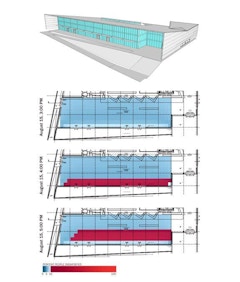
Direct sun on the body is a known potential cause of thermal discomfort for occupants, yet most thermal comfort simulations do not capture its

The reaches of architecture are inherently linked to the efficacy of communication, and as emerging technology broadens the conceptual horizon of the
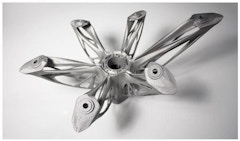
The Los Angeles Stadium’s doubly curved skin is composed of over 35,000 unique triangular panels covering 296,502 square feet of surface area. The

Laminated glass with standard PVB has long been used for safety and security due to its ability to adhere the broken glass fragments together. As the

Precision in digital workflow is necessary to deliver facade projects where there is a high design aesthetic or structural performance requirement.
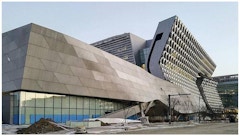
The design of complex, high-performance facades involves balancing attention towards principles of material selection, thermal and moisture

Window glass design using ASTM E 1300 entails determining glass thickness(es) and types so that the window glass construction load resistance

Over the years, the industry has relied heavily on the increasing performance of low-e coatings to drive window U-factors (thermal transmittance)
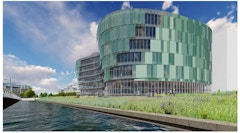
Facades must be responsive to a myriad of qualities and influences ranging from urban impact and aesthetic character to numerous performance

Daylighting is a key strategy to energy efficiency and improved occupant comfort, health, and productivity in buildings. However, providing desired
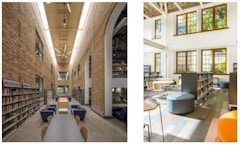
Daylighting & Solar Glare control, which affect both the energy consumption of the building as well as the comfort of the occupants, become

The performative and visual aspects of curved forming/bending thin “formable” planar materials is explored. Early tests for deflection indicate that


